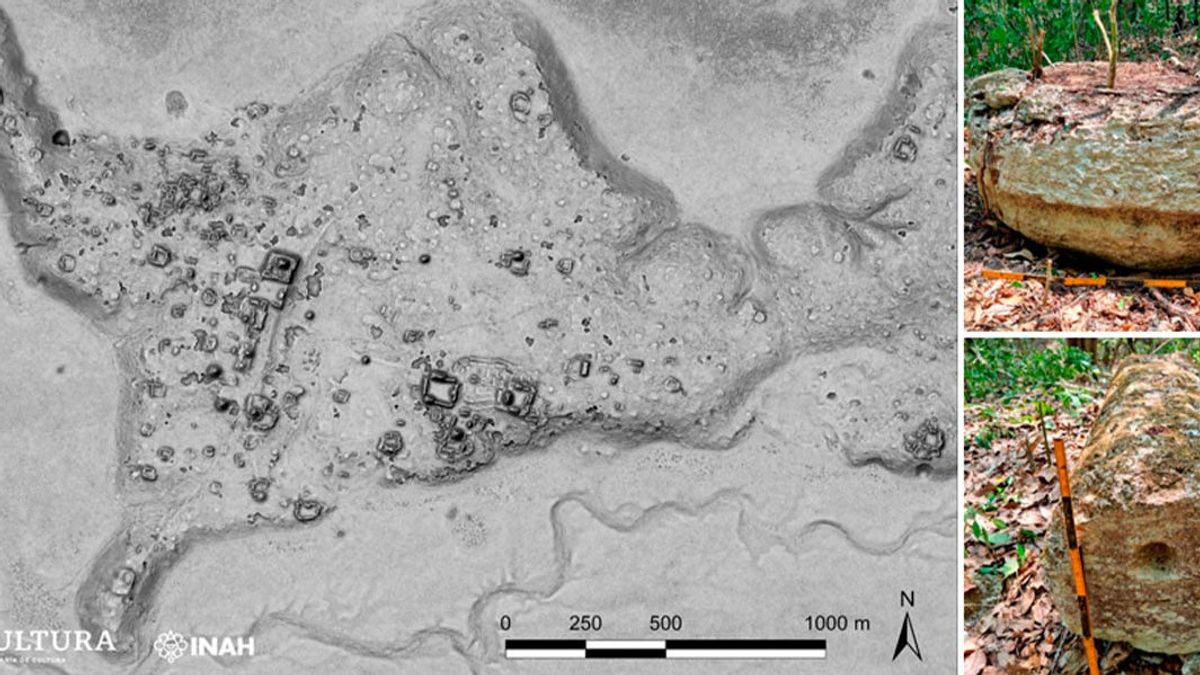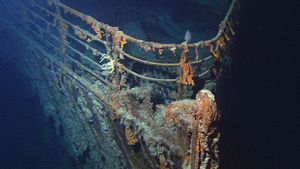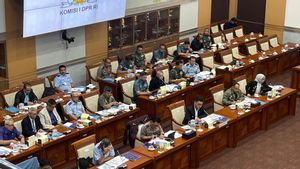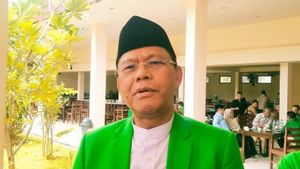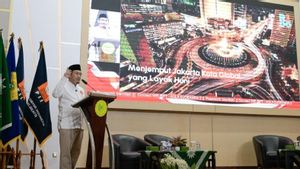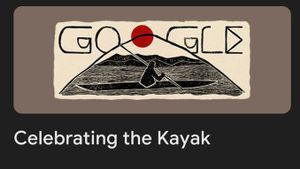JAKARTA - The Mexican anthropology Institute (INAH) announced the discovery of an previously unknown ancient Mayan city in southern Mexican forests, assessing it was one of the important centers more than a thousand years ago.
The city has major buildings such as pyramids, stone pillars, three plazas with "giant buildings" and other structures arranged in almost concentric circles," INAH said.
INAH says the city named Ocomtun - which means "stone column" in the Yucatec Maya language - is an important center for the lowland area of the peninsula between 250 and 1000 AD.
Located in the Balamku nature reserve on the Yucatan Peninsula, this discovery occurred during an unprecedented exploration of the forest. It took place between March and June using air laser mapping technology (LiDAR).
The Ocomtun site has a core area, located on a plateau surrounded by a large wetland, which includes several pyramid-like buildings as high as 15 meters, research leader Ivan Sprajc said in a statement.
The city also has a football field. The pre-Hispanic ball game, which is widely spread throughout the Maya region, consists of passing a rubber ball that symbolizes the sun across the field without using hands and putting it in a small stone circle. This game is believed to have important religious goals.
Sprajc said his team had also found a major altar in the area closer to the La Rguena River, which may be designed for community rituals, although further research is needed to understand the culture that once lived there.
VOIR éGALEMENT:
He said the site may experience a setback around the year 800 to 1000 AD seen from materials extracted from buildings, adding this may be a reflection of the "change in ideology and population" that led to the collapse of the Maya community in the region in the 10th century.
It is known that the Maya civilization, known for its sophisticated mathematical calendar, stretches southeast of Mexico and parts of Central America. The widespread political collapse caused its setback centuries before the arrival of the Spanish colonialists, whose military campaign caused the last stronghold of Maya to collapse in the late 17th century.
The English, Chinese, Japanese, Arabic, and French versions are automatically generated by the AI. So there may still be inaccuracies in translating, please always see Indonesian as our main language. (system supported by DigitalSiber.id)
